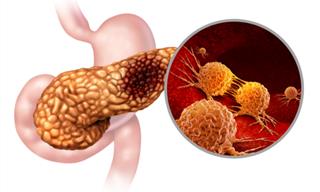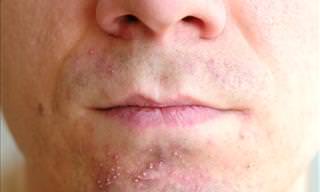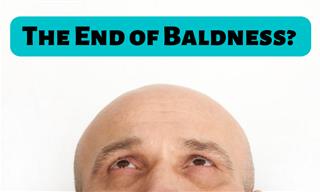Baldness is a fact of life ffor many men. According to the American Hair Loss Association (AHLA), about 85% of men are balding by 50. They also note that by 35, two-thirds of American men will experience some degree of hair loss. Male pattern baldness (MPB) is responsible for more than 95% of hair loss in men, they say.
Currently, there’s no cure for baldness, but there might be new hope in that regard. A research team believes they may have found the key to treating baldness. Scientists at the University of California Riverside have identified a single chemical in hair follicles that, they say, controls when cells divide and when they die.

The researchers are confident that the discovery could not only cure baldness but could also speed up wound healing since follicles are a source of stem cells.
“In science fiction when characters heal quickly from injuries, the idea is that stem cells allowed it,” says Qixuan Wang, study co-author and mathematical biologist at UC Riverside, in a university release. “In real life, our new research gets us closer to understanding stem cell behavior, so that we can control it and promote wound healing.”
Related: 8 Reasons You Shouldn't Worry If You're Going Bald...
Dr. Wang’s team examined hair follicles as they’re the only human organ that regenerates automatically and periodically, even without injury.
The protein at the center of their discovery is TGF-beta, which is naturally found in the follicles and has two opposite roles – it controls the process by which hair follicle cells divide and form new cells or trigger their own death. This eventually leads to the death of the whole hair follicle.
How can TGF-beta treat baldness?
Currently, scientists don’t know for sure why follicles kill themselves, but this research team notes that further study of the TGF-beta protein could give us answers.
According to them, baldness may be triggered by excess chemicals building up in hair follicles, leading to their death. In their analysis, they found that when 'just right' levels of the protein were reached in the follicles, cells were triggered to generate new hairs.

Cells in hair follicles frequently die, causing the hair to fall out. However, each hair follicle also contains stem cells, which can generate new hair-making cells. In baldness, this process gets turned off. The study authors argue this may be attributable to TGF-beta.
Dr. Wang explains that even when a hair follicle kills itself, it never kills its stem cell reservoir. Also, when the surviving stem cells receive the signal to regenerate, they divide, make new cells, and develop into a new follicle.
Related: 9 Habits that Cause HAIR LOSS. Are You Guilty of These?
The team believes that it may be possible to activate follicle stem cells and stimulate hair growth by determining more accurately the way TGF-beta activates cell division, and how the chemical communicates with other genes. Many animals, including humans, possess skin covered with hair. Perfect wound-healing would hence require regeneration of hair follicles. Being able to control levels of TGF-beta more precisely could also cure baldness, they said in the study, which is published in the Biophysical Journal.
“Potentially our work could offer something to help people suffering from a variety of problems,” says Dr. Wang.
Share this article with friends and family...
 Go to BabaMail
Go to BabaMail























































